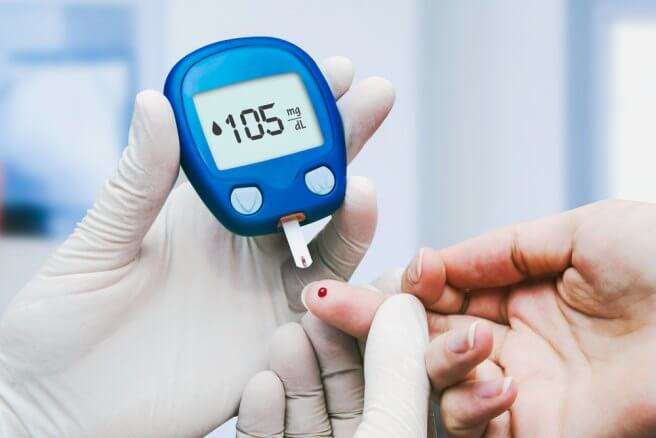
Way to reduce to Diabetes for diabetic patient
About Diabetes
Diabetes is a chronic (long-lasting) health problem that affects how your body turns food into energy.
Most of the foods you eat are broken down into sugar (also called glucose) and released into your bloodstream. When your blood sugar goes up, it means that your pancreas releases insulin. Insulin acts as a key that allows blood sugar to enter the cells of your body and use it as energy.
If you have diabetes, your body does not produce enough insulin or cannot use the insulin it makes as well as it should. When there is not enough insulin or the cells stop responding to insulin, too much blood sugar stays in your bloodstream. Over time, this can cause serious health problems, such as heart disease, vision loss and kidney disease.
Types of diabetes
There are three main types of diabetes: type 1, type 2 and gestational diabetes (diabetes during pregnancy).
Type 1
Diabetes is thought to be caused by an autoimmune reaction (the body attacks by mistake) that prevents your body from making insulin. The symptoms of type 1 diabetes often develop quickly. It is usually diagnosed in children, adolescents and young adults. If you have type 1 diabetes, you will need to take insulin every day to survive.
Type 2
Your body does not use insulin well and cannot keep your blood glucose levels normal. It develops over several years and is usually diagnosed in adults (but increasingly in children, adolescents, and young adults). You may not notice any symptoms. It is therefore important to have your blood sugar tested if you are at risk. Type 2 diabetes can be prevented or delayed by healthy lifestyle changes, such as losing weight, eating healthy foods and being active.
Gestational diabetes develops in pregnant women who have never had diabetes. If you have gestational diabetes, your baby may be at higher risk for health problems. Gestational diabetes usually goes away after the birth of your baby, but increases your risk of type 2 diabetes later in life. Your baby is more likely to suffer from obesity as a child or teenager, and more likely to develop type 2 diabetes later in life.
Best Exercises for Type 2 Diabetes
Exercise is a natural way to lower your blood sugar. Fortunately, you do not need to run a marathon or travel one kilometer to take advantage of physical activity. A few minutes of work can help prevent the long-term complications associated with type 2 diabetes. Start with these tips for curing diabetes:
Monitor Your Blood Glucose – It is important to check your blood glucose before and after training. If your blood sugar is low, take fast-acting carbohydrates such as an apple, an orange, a cereal bar or a slice of bread. Wait fifteen minutes before rechecking. If you have reached the appropriate range with food additives, you are ready to go to the gym and if you do not continue to follow the same food schedule and wait 15 minutes until you reach the normal range. If your blood sugar is high before a workout, consider taking a high-protein snack one hour before starting your workout.
Listen to your body – If you take medications to get the right amount of sugar and you feel tired, tired and want to skip a workout, it may be due to a significant drop in your blood sugar. Check your sugar level is wise. And sip fast-acting carbohydrate sources such as sports drinks or natural juices to get them back to normal.
Hydration is needed – People with diabetes need to add a liquid supplement to the recommended minimum. Never start a workout if you are thirsty. Make sure to drink enough water before exercise. Water helps dilute blood and moves quickly throughout your body
Move more – reducing sitting time each day can have health benefits for people with type 2 diabetes. If you work in an office where your tasks start at 9 am and end at 5 pm, try to get up and move every hour for at least ten minutes.
Walking after meals – The researchers suggests waiting about 30 minutes, then a walk of about 15 minutes. This can be done after a lunch or dinner, and you can involve your family, friends and loved ones, so that you do not feel like part of a physical training regime.
Lift Weights – Weight training can increase your metabolic rate and cause you to burn calories at a fast pace and burn extra calories to keep your blood sugar under control.
Exercise for Fun – For every individual, including diabetics, training should not be a punishment. When you have finished your exercise, you should want to do it again. If you have diabetes, remember that you are training for life. So, choose a workout you like most, such as tennis, cycling, biking, swimming, etc., and have fun.



